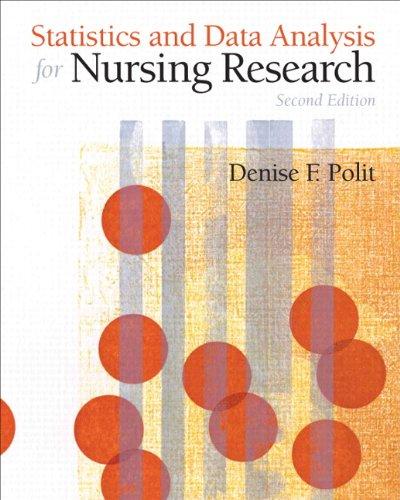B1. For these exercises, you will be using the SPSS datasetPolit2SetC, which contains a number of mental
Question:
B1. For these exercises, you will be using the SPSS datasetPolit2SetC, which contains a number of mental health variables. Most of our analyses involving t tests will involve the variable cesd, which are the women’s scores on a 20-item scale called the Center for Epidemiologic Studies—Depression Scale (CES-D). The CES-D, a widely used measure of depressive symptoms, is a scale that asks questions related to mood and functioning in the prior week. Scores can range from 0 (no depression) to 60 (high levels of depressive symptoms). Let us begin by first examining whether, in this sample of low-income women, scores on the CES-D are normally distributed. Click on Analyze ➜ Descriptive Statistics ➜ Explore. Move the variable cesd (Variable #35) into the Dependent List.
(There are a lot of variables that begin with “cesd”—the one you want is immediately after the variable cesd20.) At the bottom of the dialog box, check “Both”—i.e., both statistics and plots. Then click the pushbutton for Plots. Click the option in the middle of the dialog box for “Normality plots with tests” and unclick the Stem-and-Leaf plot option. Then click Continue and OK to run the analysis.
Then answer the following questions:
(a) What is the range for CES-D scores in this sample of low-income women?
(b) What are the mean, SD, and SEM for the CES-D scores?
(c) What is the 95% CI around the mean?
(d) What is the value of the test statistic and significance level for the Kolgomorov-Smirnov test? What does this mean?
(e) Do you think CES-D scores in this dataset can be used as the dependent variable in t tests? Why or why not?
Step by Step Answer:

Statistics And Data Analysis For Nursing Research
ISBN: 9780135085073
2nd Edition
Authors: Denise Polit






